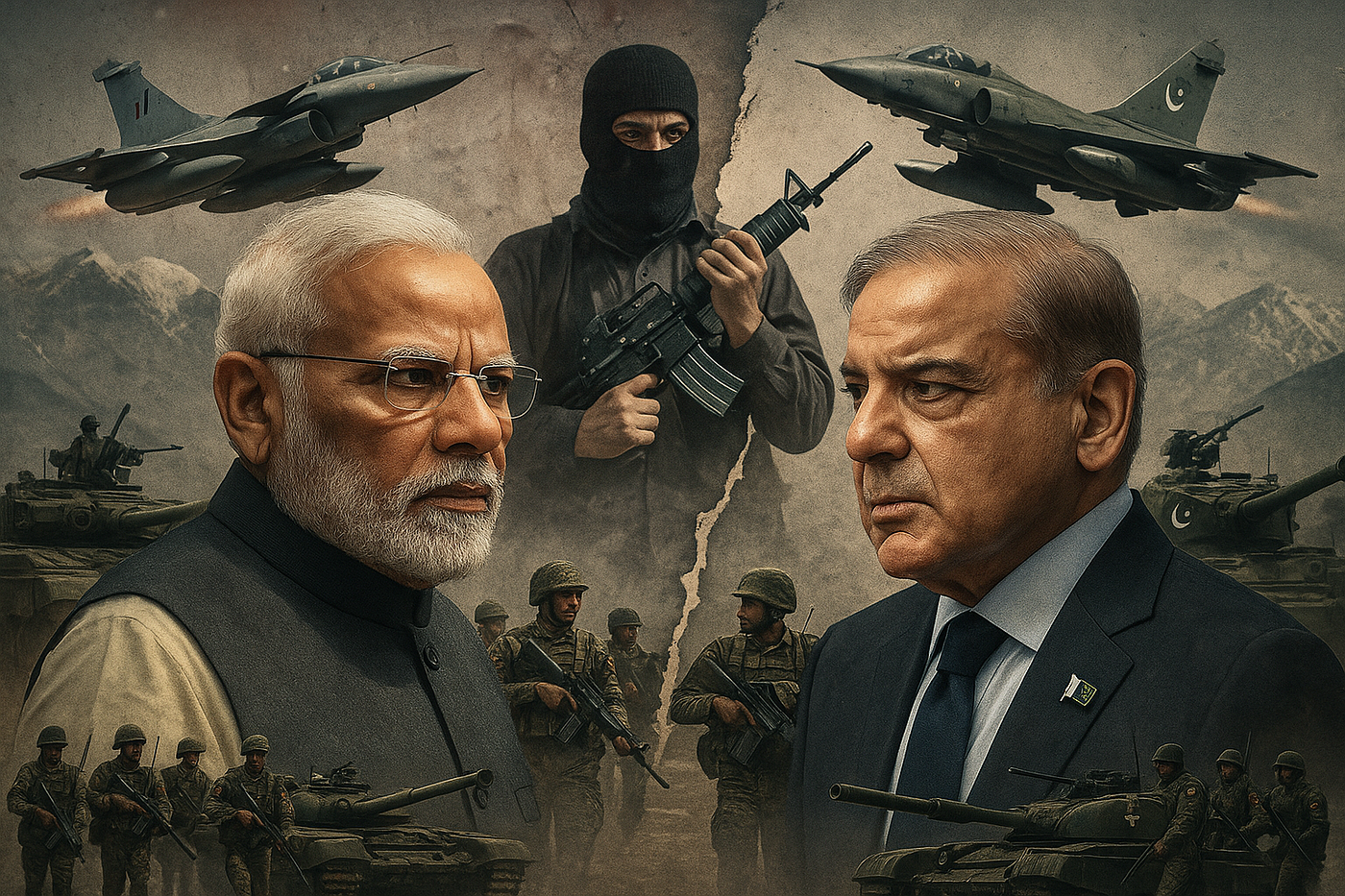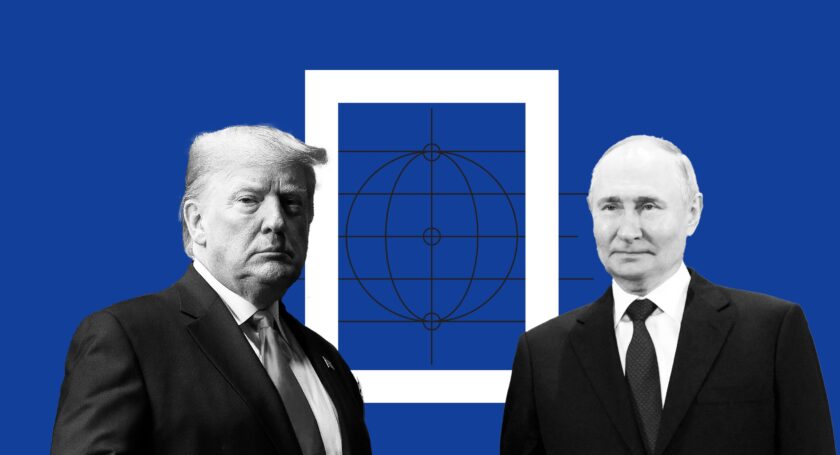New Delhi: The recent military confrontation between India and Pakistan has redrawn several lines from the past while laying the foundation for a new strategic doctrine. In a marked departure from the policies of previous administrations, the Modi government has adopted a bold and assertive stance towards dealing with Pakistan-sponsored terrorism, going as far as launching cross-border strikes to dismantle terror infrastructure.
The Indian response, notably following the Pahalgam terrorist attack, came under the operation codenamed Sindoor, and it marked a major shift in India’s strategic playbook. Indian Air Force jets targeted nine terror hubs spread across Pakistan and Pakistan-occupied Kashmir (PoK), including strikes deep within Pakistan’s Punjab province. The strikes weren’t just restricted to along the Line of Control (LoC), but extended well beyond, sending a strong message: India’s response to future attacks will not be confined to its side of the border.
In retaliation, Pakistan directed strikes towards civilian areas, especially in Poonch. This provoked a counter-offensive by India, which reportedly compromised Pakistan’s air defence systems and targeted military installations near major urban centres. This sequence of events highlighted a key takeaway: any future terror attack on Indian soil could invite a full-scale military retaliation across international borders.
The latest confrontation was also notable for the significant role played by drones and missiles, indicating a new era of high-tech warfare. These developments suggest that future conflicts may not remain restricted to traditional battle zones such as Jammu and Kashmir but could expand to include wider sections of India’s north-western and western frontiers. Such possibilities increase the frequency and risk of escalation, where even minor ceasefire violations could spiral into drone or missile attacks.
The operation also demonstrated India’s precise strike capabilities, based on actionable intelligence. Targets like the air defence system in Lahore and various terror camps across Pakistan were successfully neutralized, showcasing India’s ability to mount calculated and effective operations.
This military assertiveness will likely have ripple effects on India’s foreign policy. Strategic allies such as the United States, Australia, and Japan are expected to gain increased confidence in India’s capabilities and reliability. These developments may also serve as a limited yet potent deterrent against China, strengthening India’s position in the Indo-Pacific region.

For years, India showed strategic restraint in the face of Pakistan-sponsored terrorism. However, under the Modi government, a ‘new normal’ has emerged: every terror act is now met with a stronger and more decisive military response. The core of this strategy is to ensure that the Pakistani Army — the key patron of terrorism in the region — bears significant costs for each provocation.
That said, recent engagements also underscore the risks associated with this doctrine. While India’s resolve has been evident, the reciprocal aggression from Pakistan has raised fears of future conflicts becoming more lethal, both in terms of human and material loss.
It is worth noting that India’s robust air defence shield significantly neutralized Pakistani drone and missile attacks, preventing large-scale civilian casualties. Furthermore, India has so far focused only on targeting terror and military infrastructure, avoiding civilian zones. Whether such restraint can be maintained in future escalations remains uncertain.
Crucially, the recent standoff has seen the Indian government formalizing a new military doctrine: any major terrorist attack will henceforth be treated as an act of war. This approach mandates swift military action against Pakistan in response to any such aggression. Although the declaration of this policy could limit the government’s operational flexibility, not codifying it officially still leaves some room for strategic discretion. Prime Minister Modi’s public endorsement of this principle signals a significant shift in India’s national security posture.
As South Asia enters a potentially more volatile strategic phase, the evolving India-Pakistan equation underscores a reality long in the making: India is no longer content with passive deterrence. The new doctrine of proactive defence marks a definitive change — one that could define regional geopolitics for years to come.






